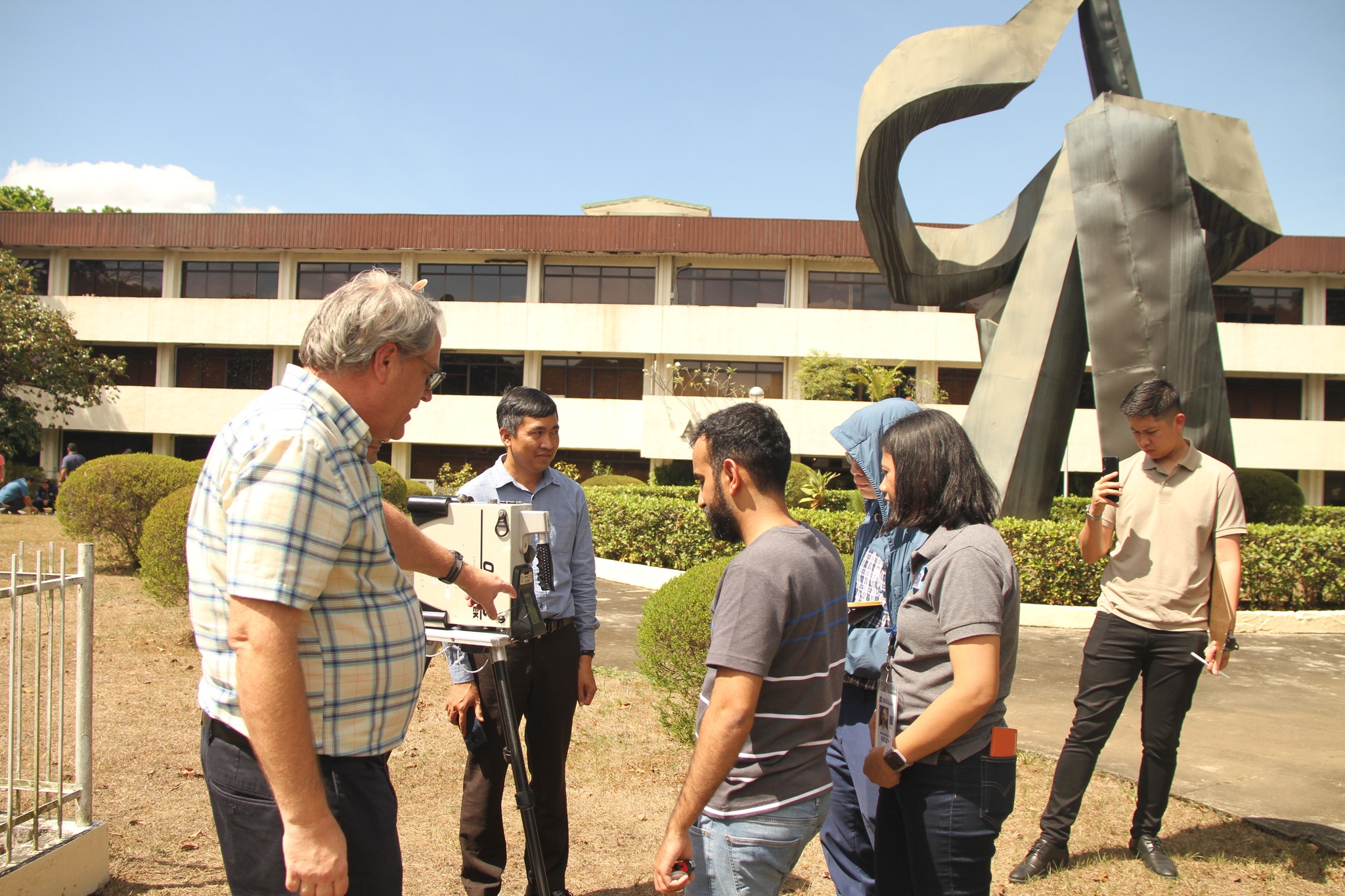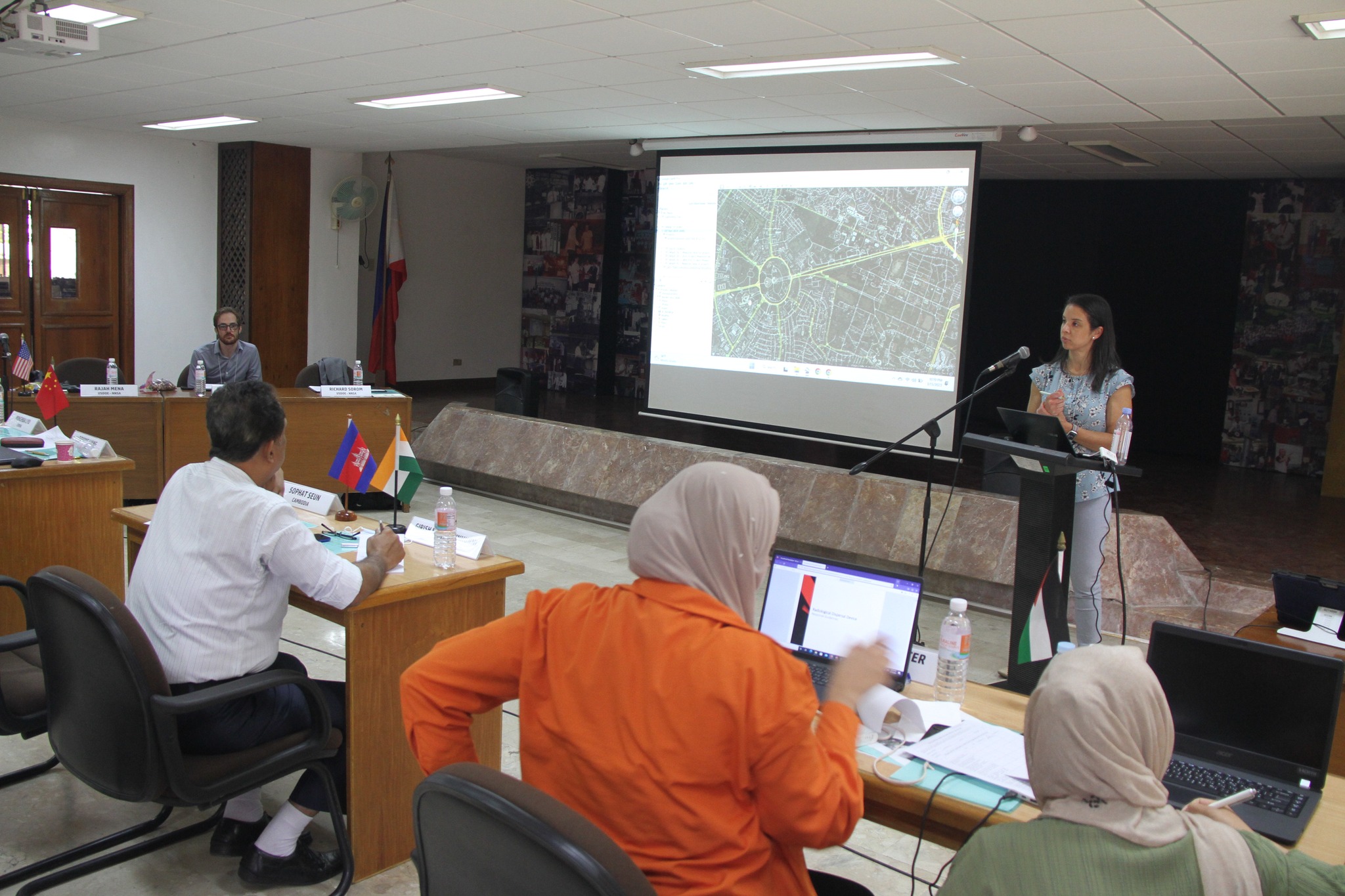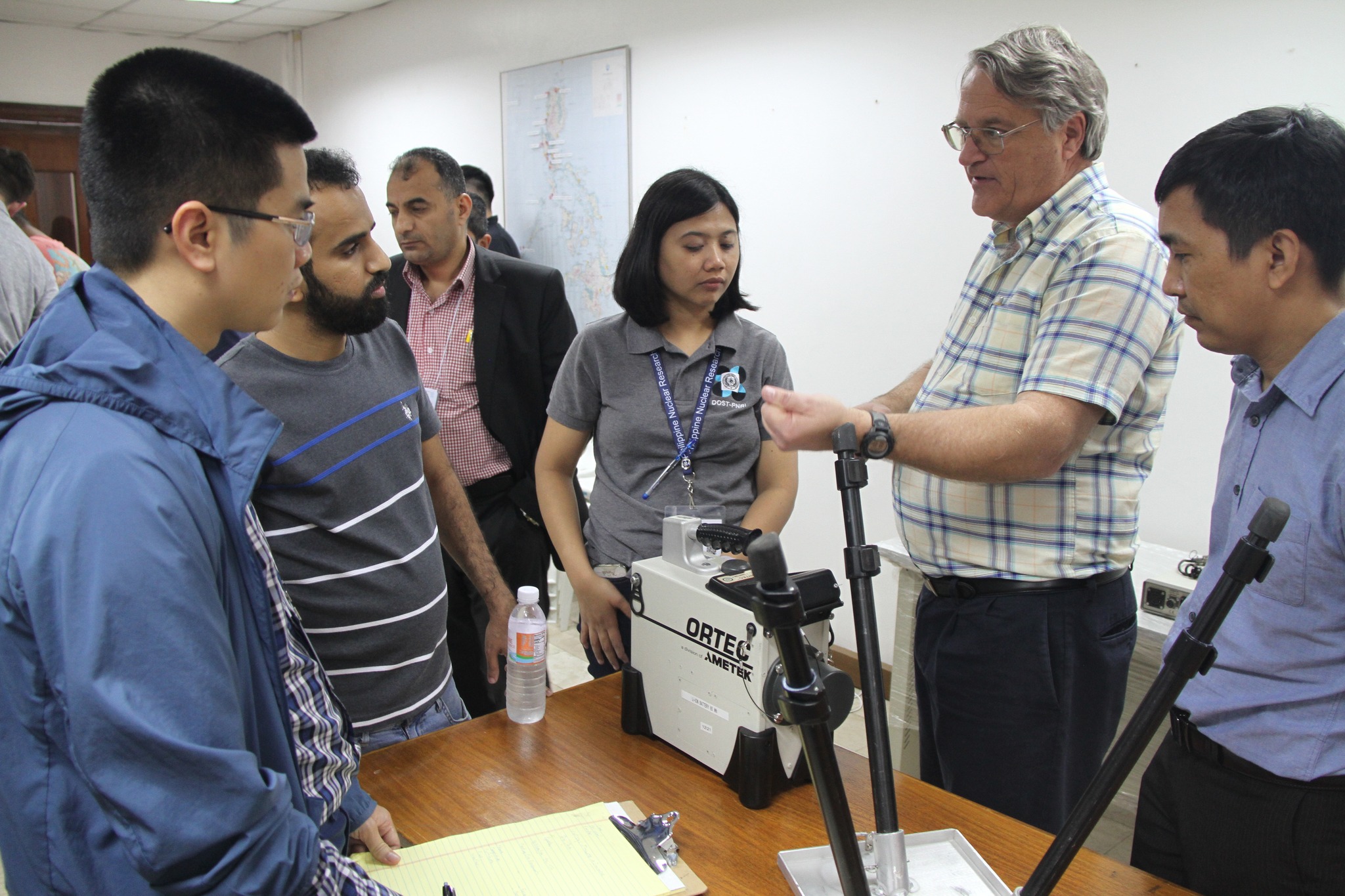PNRI runs emergency preparedness drills
- Details

PNRI runs emergency preparedness drills
To test and ensure the preparedness of its workforce in case of an emergency, the Department of Science and Technology - Philippine Nuclear Research Institute (DOST-PNRI) recently conducted drills for earthquake preparedness and fire safety.
PNRI employees did the “duck-cover-hold" and assembled at the grounds for reckoning during the National Simultaneous Earthquake Drill on March 9.
Moreover, participants also learned the basics of fire prevention and control during the Fire Drill Training on March 20 in partnership with the Bureau of Fire Protection in observance of Fire Prevention Month.



PNRI conducts women’s health seminar and free breast exam
- Details


PNRI conducts women’s health seminar and free breast exam
Health is wealth! The Department of Science and Technology – Philippine Nuclear Research Institute (DOST-PNRI) celebrates National Women’s Month by raising awareness of various health issues among women.
On March 22, the Institute held a seminar with gynecologists and experts who discussed infectious diseases prevention, pregnancy, and family planning, among others. As a related activity, PNRI also held on April 3 a free breast examination at the PNRI clinic through Dra. Macel Pagdanganan of St. Luke’s Medical Center.
Leading these activities is the PNRI Gender and Development Committee as part of the celebration of National Women’s Month 2023.




PH nuclear research reactor now fully operational
- Details

PH nuclear research reactor now fully operational
Nine months after its formal commissioning, the country’s first and only nuclear reactor training facility is finally fully operational as the Department of Science and Technology – Philippine Nuclear Research Institute (DOST-PNRI) through its Nuclear Regulatory Division has recently granted the authorization to operate the Philippine Research Reactor – 1 Subcritical Assembly for Training, Education and Research (PRR-1 SATER).
With this, the facility formally opens its doors to stakeholders from the research and academic community to fulfill the growing need for advanced training and research requirements.
Read more: PH nuclear research reactor now fully operational
International Workshop on Emergency Consequence Management at PNRI
- Details




International Workshop on Emergency Consequence Management at PNRI
Participants from several countries train on the use of radiation detection equipment with experts from the International Atomic Energy Agency (IAEA) and the United States Department of Energy - National Nuclear Security Administration (USDOE-NNSA) during the International Workshop on Emergency Consequence Management held at the Department of Science and Technology - Philippine Nuclear Research Institute (DOST-PNRI) compound in Diliman, Quezon City.
The workshop is spearheaded by the PNRI Radiological Impact Assessment Section.












































